2020
Watchdog Groups Claim Nuclear Agency is Moving Forward to Manufacture New Plutonium Bomb Cores in Violation of National Environmental Law and an Existing Court Order
![]()

New Mexico reconsidering 2016 waste agreement with LANL
The state of New Mexico is reconsidering its 2016 pact with the U.S. Department of Energy on how to regulate the cleanup of decades-old hazardous waste at Los Alamos National Laboratory.
Ryan Flynn, who became the state’s environment secretary in 2013, granted the lab 150 deadline extensions during his tenure, said Jay Coghlan, executive director of Nuclear Watch New Mexico.
Shortly after Flynn announced in 2016 that the consent order was being revised, the Energy Department reduced its top-range estimate for the long-term cleanup to $3.8 billion and said it would need at least 20 years to complete it, Coghlan said.
That reduced the yearly cleanup projection to $150 million from the earlier $250 million estimate, Coghlan said.
“It’s no coincidence that a mere few months after the 2016 consent order came out, DOE low-balled its life-cycle estimate,” he said.
BY: SCOTT WYLAND | santafenewmexican.com
The administration of Democratic Gov. Michelle Lujan Grisham wants to revisit the agreement — known as a consent order — that the state Environment Department crafted under Republican Gov. Susana Martinez to replace a more stringent 2005 version that expired at the end of 2015.
The public will have a chance to air views about the current consent order and suggest changes at a meeting Thursday at the University of New Mexico’s Los Alamos campus. The meeting is being held in response to people expressing concerns about the consent order to state regulators and legislative leaders, said Maddy Hayden, a spokeswoman for the Environment Department.
January 9th: New Mexico Environment Department to Host Los Alamos Public Meeting
Why the new US ICBMs would be too expensive even if they were free
“Experts estimate that it would take two Russian warheads to destroy with high confidence one of the 400 active US ICBMs, each armed with a single warhead. This might seem like a good deal, until you ask what the impact of 800 Russian warheads exploding on US territory would be…The long-term contamination would be about ten times greater than that from the Chernobyl accident, rendering a large swath of the Midwest uninhabitable for generations.”
BY: ROBERT J. GOLDSTON | thebulletin.org
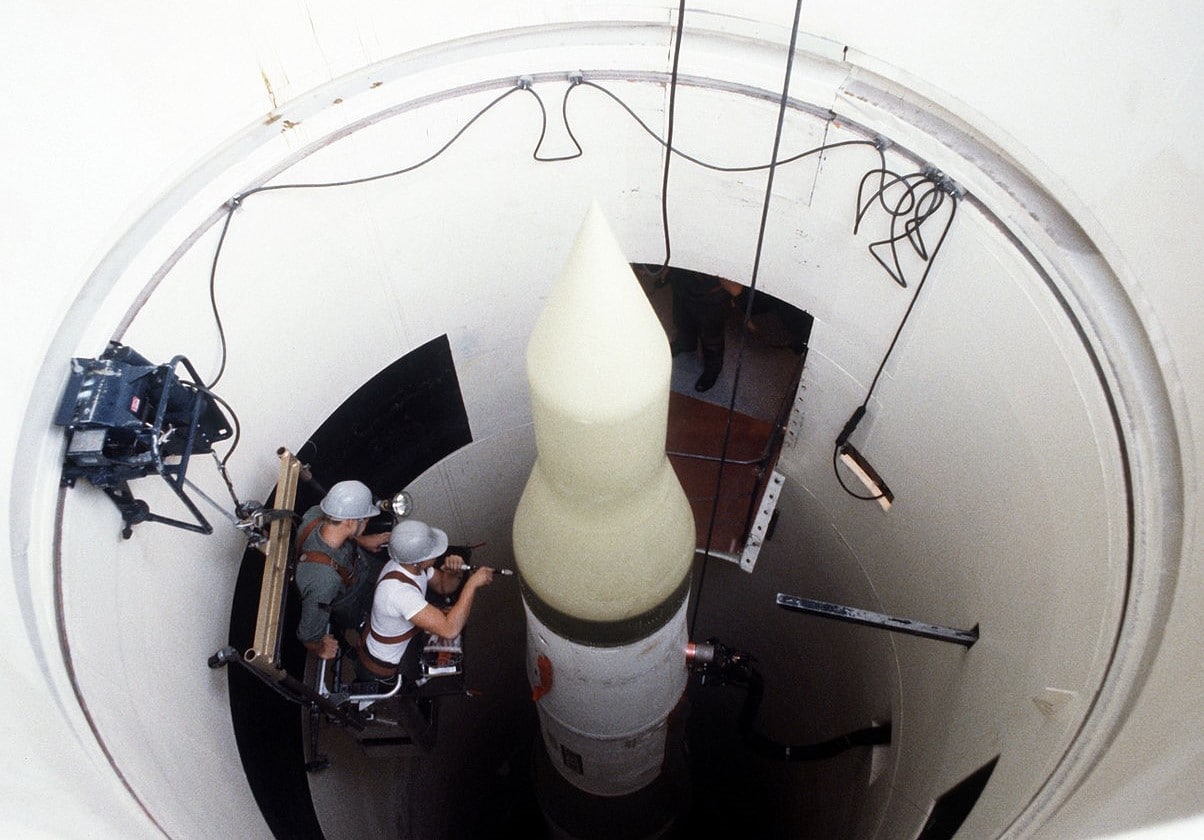
The proposed US nuclear modernization program includes replacing the 400 existing Minuteman III missiles with a new set of “Ground-Based Strategic Deterrent” missiles and their associated facilities. The cost for this modernization is very large, with an advertised price tag of $85 billion, and if history is any guide, a substantial cost escalation is likely. On the one hand, if these silo-based intercontinental ballistic missiles (ICBMs) deter attacks that would cost tens of millions of lives, then they are worth this much many times over. On the other hand, if they are more likely to cause massive numbers of human deaths, then they are immensely expensive even if they cost nothing.
The primary argument for silo-based ICBMs is that they would “sponge up” a large number of Russian warheads if the United States were attacked.
Final Supplement Analysis (SA) and Determination on Complex Transformation Supplement Environmental Impact Statement (SPEIS) for Expanded Pit Production to be Released Later This Week
The Department of Energy’s National Nuclear Security Administration (DOE/NNSA) has approved a final Supplement Analysis (SA) and determination on the Complex Transformation Supplement Environmental Impact Statement (SPEIS) which evaluated whether increasing capabilities to produce a minimum of 50 pits per year at a re-purposed Mixed-oxide Fuel Fabrication Facility (MFFF) at the Savannah River Site (SRS) and a minimum of 30 pits per year at Los Alamos National Laboratory (LANL), with additional surge capacity at each site if needed, would require the preparation of a new or supplement EIS. This SA is the programmatic, complex-wide analysis mentioned in the Notice of Intent for the site-specific SRS EIS that was published in the Federal Register (FR) on June 10, 2019, and the final of the draft SA that was released for an approximately 45-day public comment period on June 28, 2019.
It’s Been 32 Years since the Conclusion of the INF Treaty Yet Arms Control Is Still Vital
ARTICLE BY STEPHAN KIENINGER | historynewsnetwork.org
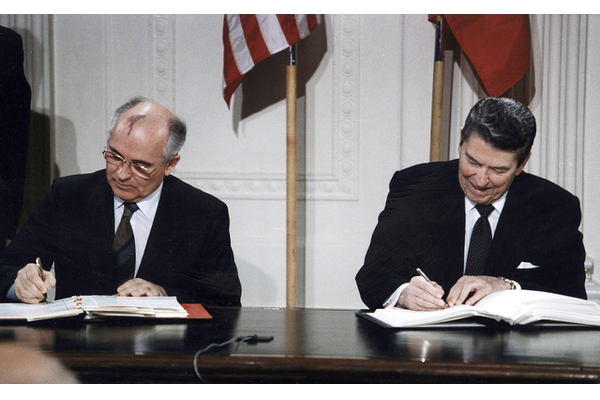
In August, the United States withdrew from the landmark INF Treaty of 1987 due to the Russian Federation’s continuing violation of the treaty and Vladimir Putin’s reckless deployment of the Russian 9M729 cruise missile. Another crucial arms control treaty, the New START agreement, is set to expire in early 2021. Recently, George Shultz and Mikhail Gorbachev called American and Russian decision makers to preserve the INF Treaty. (1)
More than thirty years ago, Shultz and Gorbachev stepped forward with President Reagan to change history’s direction. Reagan and Gorbachev signed the INF Treaty on the occasion of their historic Washington Summit on December 8, 1987. The unprecedented agreement eliminated all US and Russian missiles between the ranges of 500 to 5500 kilometers. The two countries destroyed a total of 2,692 ballistic and cruise missiles by the treaty’s deadline of June 1, 1991, with verification measures that were previously unimaginable.
If the Trump plan survives legal challenges, polluters would no longer need a permit to release contaminated water into ephemeral streams and wetlands that aren’t immediately adjacent to protected waters. This would, according to New Mexico’s Environment Department, eliminate about 40% of the state’s water pollution permits, including those held by wastewater treatment plants, hard-rock mines and coal mines.
The effect this could have on the state’s drinking water is illustrated most starkly at Los Alamos National Laboratory, the former Manhattan Project site that serves as a center of the country’s nuclear research and development.
BY: ANNA M. PHILLIPS | latimes.com
Trump’s Plans to Strip Clean Water Protections Leave New Mexico Fearing Pollution and Health Risks
The effect this could have on the state’s drinking water is illustrated most starkly at Los Alamos National Laboratory, the former Manhattan Project site that serves as a center of the country’s nuclear research and development.
The 40-square-mile site where scientists built the first atomic bomb remains contaminated from that era.
BY: Anna M. Phillips, The Los Angeles Times latimes.com Jan. 3, 2020
Twice a day, every day, Vicente Fernandez walks along the banks of the Rio Fernando, inspecting the river that has shaped his valley’s fortunes for generations.
Like his father and his grandfather before him, Fernandez is a mayordomo — the manager of a centuries-old network of irrigation ditches called acequias that divert water from the river into nearby fields. Hundreds of families in the Taos Valley rely on it to nourish their gardens and fruit trees and to replenish the aquifer they depend on for drinking water.
But the future of the Rio Fernando and its acequias is murky.
Early in the coming year, President Trump’s Environmental Protection Agency plans to roll back clean water rules, abolishing limits on how much pollution can be dumped into small streams and wetlands.
Federal data suggest 81% of streams in the Southwest would lose protections. A large share of streams in California and other Western states will be hard hit.
Nowhere are the stakes as high as in New Mexico. Environmental regulators in the state estimate that the new rule could leave 96% of the state’s waterways and wetlands unprotected from pollution from coal mines, factory waste, pesticide runoff and other sources.
And New Mexico does not have its own regulations to fill the void, which makes its waterways particularly vulnerable.
EPA: Permit will regulate polluted stormwater in Los Alamos County
The U.S. Environmental Protection Agency will require a federal pollution permit be used to regulate Los Alamos County’s contaminated stormwater, which for years has flowed into streams and the Rio Grande, a primary source of drinking water.
BY: SCOTT WYLAND | santafenewmexican.com
 Attorneys representing the Taos-based advocacy group Amigos Bravos said their client’s September lawsuit against the EPA pushed the agency to require the permitting under the Clean Water Act.
Attorneys representing the Taos-based advocacy group Amigos Bravos said their client’s September lawsuit against the EPA pushed the agency to require the permitting under the Clean Water Act.
The EPA issued preliminary findings in 2015 that showed pollutants in some parts of Los Alamos National Laboratory property and other areas of Los Alamos County far exceeded state health and water quality standards, yet the agency failed to take action, according to the Oregon-based Western Environmental Law Center.
“The EPA finally took a hard look at where these pollutants are coming from,” said Andrew Hawley, a law center attorney, in an interview. “The pollutants of concern were showing up in the tributaries going into the Rio Grande.”
EPA representatives at the regional office in Dallas couldn’t be reached Tuesday to comment on the agency’s decision or discuss the timeline for implementing the permit.
NUCLEAR WASTE: Why the drive to fund interim storage unraveled
Efforts to break through the nation’s nuclear waste logjam in the fiscal 2020 spending package fell to familiar congressional infighting despite an apparent alignment in the push for interim storage, House lawmakers said yesterday.
This is a Nuclear Weapons Offer Trump ought not to refuse
It is not very often that the Kremlin issues a transcript of remarks by President Vladimir Putin with a sentence marked in highlighter, but that’s what happened Dec. 5 when Mr. Putin met with leaders of Russia’s defense industry.
Courting Disaster: How Not to Manage Existential Threats to National Security
Washington’s pursuit of national ballistic missile defense for the last twenty years has, as much as anything else, driven Russian and Chinese strategic nuclear weapons acquisition decisions.
BY: ROBERT GALLUCCI | nationalinterest.org
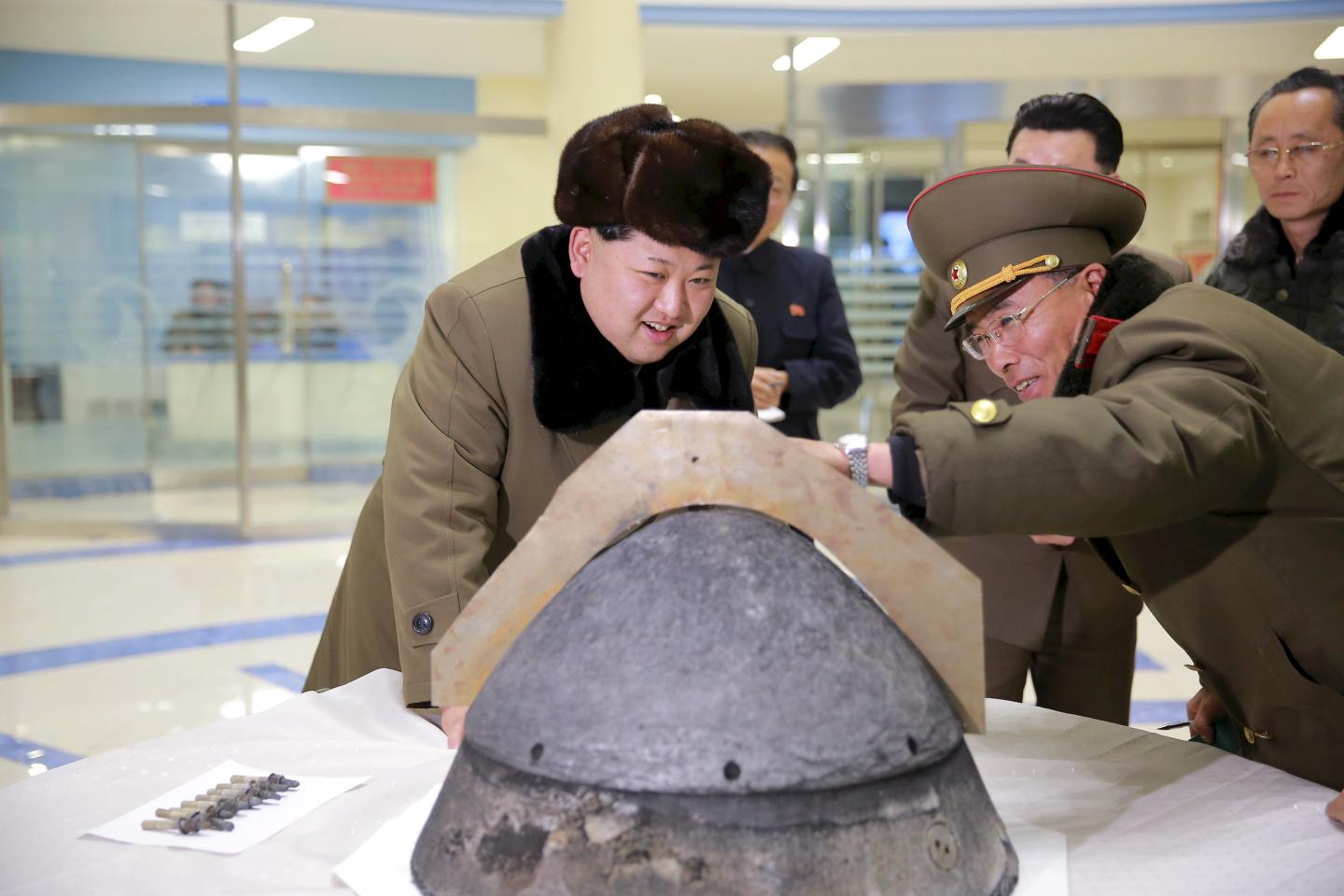
There are a small number of threats to our nation’s security, involving truly catastrophic consequences, which may be managed by good public policy. Some of these involve uncertainties over scientific or technological developments that could lead to good, as well as very bad outcomes. Think designer biology, quantum computing and artificial intelligence. But two stand out both for the certainty and magnitude of their destructive impact: climate change and nuclear weapons.
What does good public policy look like when dealing with nuclear weapons? It looks like actions that reduce uncertainty, increase transparency and security, and decrease numbers. It is called “arms control.”
2019
Russian Nuclear Blast Theories Hint at No-Holds-Barred Arms Race
Amid the mysteries surrounding a deadly blast at a Russian military facility that killed at least five researchers and caused a brief radiation spike, one thing is clear: the new arms race is going full speed.
BY JAKE RUDNITSKY & ILYA ARKHIPOV | bloomberg.com
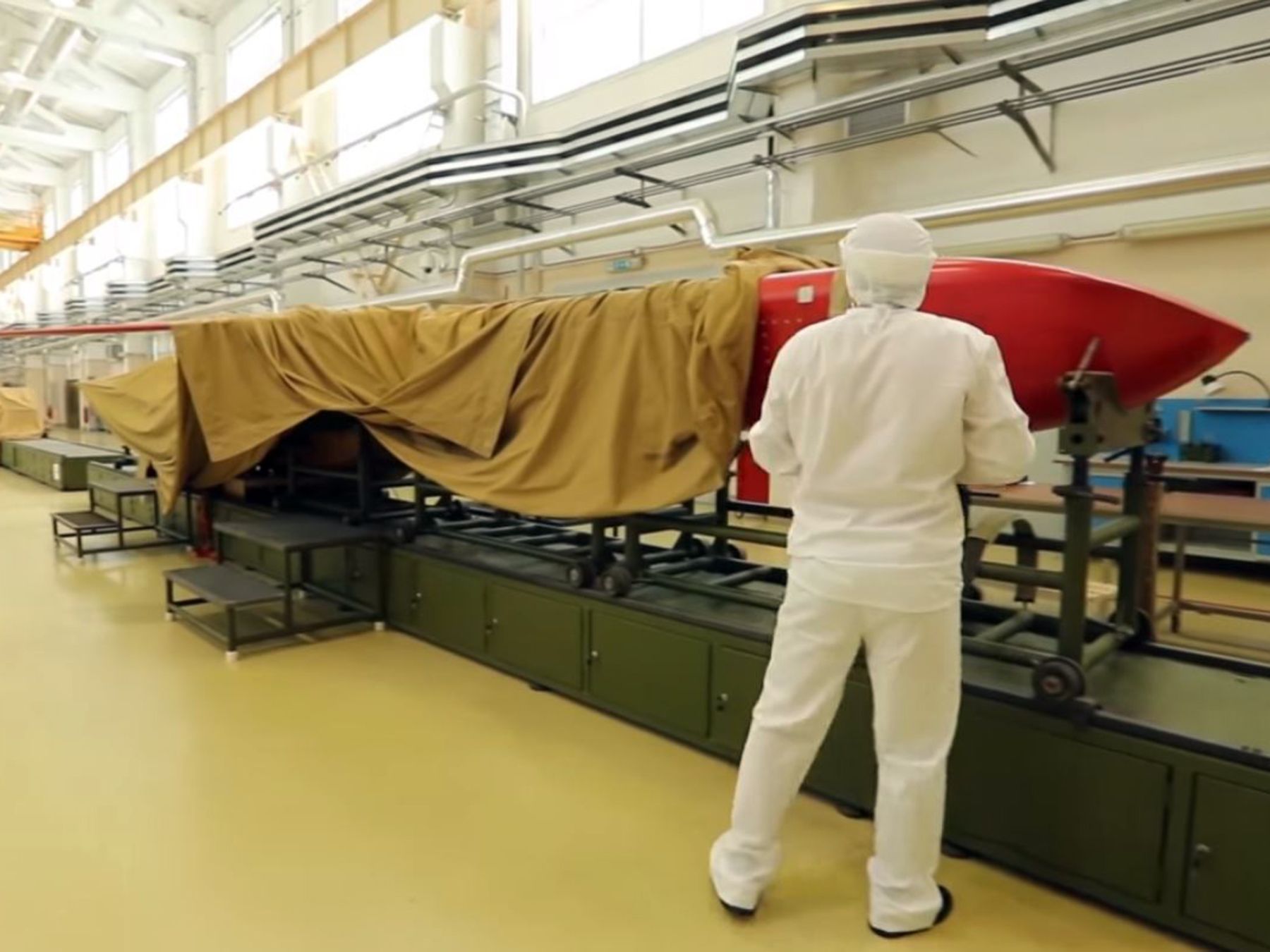
The Aug. 8 explosion at a remote testing facility in the White Sea has remained a tightly guarded secret by the military, with Russian radiation-monitoring stations suddenly failing to send their data to international agencies in the days that followed. President Vladimir Putin would say only that the accident involved “work on promising weapons systems” that Russia is developing in response to “what our partners, including the Americans, are testing.”
President Donald Trump was more forthcoming in a tweet on the mishap, saying it involved a new nuclear-powered cruise missile known in the West as “Skyfall” but adding that the U.S. version is better. Putin’s spokesman insisted Russia’s is superior.
New Mexico has enough nuclear waste
We cannot not let the U.S. Department of Energy and the out-of-state nuclear waste generators turn New Mexico into the nuclear waste capital of the United States.
BY GEORGE ANASTAS & LOKESH CHATURVEDI | santafenewmexican.com
Nuclear waste sites in New Mexico are prolific. The Department of Energy and the nuclear industrial waste complex want to further thrust the nuclear waste sword into the heart of New Mexico.
Congratulations to Gov. Michelle Lujan Grisham for standing up for New Mexico. It is time for all New Mexicans to raise their voices and say, “Enough is enough.”
Read on to learn about the many nuclear waste sites in New Mexico:
Pakistan Leader Vents Frustration at India: ‘No Point in Talking to Them’
“My worry is that this [the crisis in Kashmir] can escalate and for two nuclear-armed countries, it should be alarming for the world what we are facing now.” — Prime Minister Imran Khan of Pakistan
BY SALMON MASOOD & MARIA ABI-HABIB | nytimes.com

ISLAMABAD, Pakistan — Prime Minister Imran Khan of Pakistan intensified his criticism of India on Wednesday over its Kashmir crackdown, saying he would no longer seek dialogue with Indian officials and raising the threat of a military escalation between the nuclear-armed neighbors.
In an interview with The New York Times, Mr. Khan complained bitterly about what he described as repeated rebuffs from Prime Minister Narendra Modi of India at his entreaties for communication, both before and after the Aug. 5 crackdown on the disputed territory of Kashmir.
“There is no point in talking to them. I mean, I have done all the talking. Unfortunately, now when I look back, all the overtures that I was making for peace and dialogue, I think they took it for appeasement,” Mr. Khan said during the interview, at the prime minister’s office in Islamabad. “There is nothing more that we can do.”
U.S. tests first intermediate-range missile since withdrawing from treaty with Russia
“This is a very clear sign that the United States and Russia are on the verge of a new missile race,” — Daryl Kimball, executive director of the Arms Control Association.
BY MISSY RYAN | washingtonpost.com
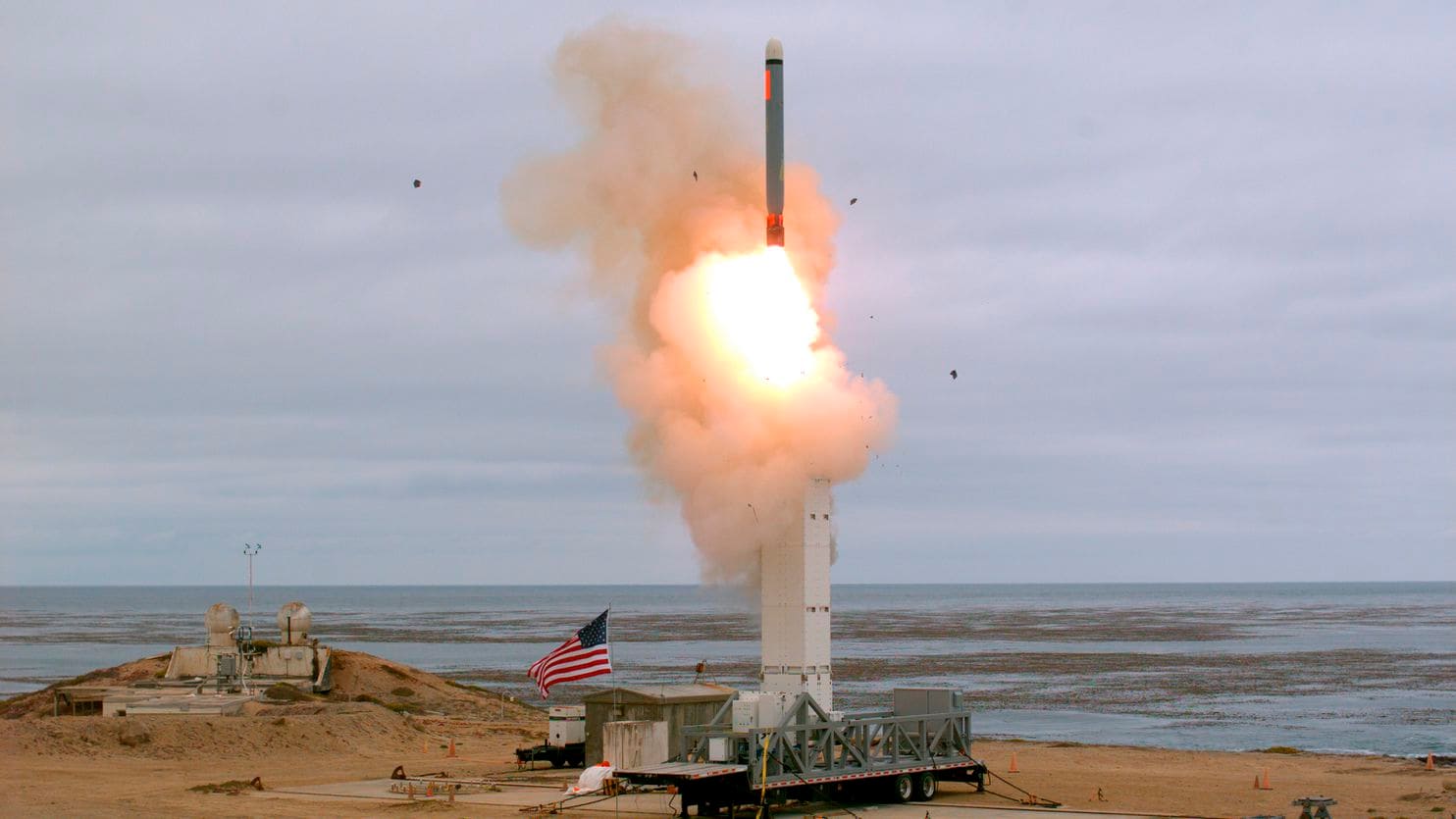
The U.S. military has conducted a test launch of an intermediate-range cruise missile for the first time since withdrawing from a Cold War-era arms-control pact with Russia earlier this month, the Pentagon said Monday.
The conventional missile, which was fired from a mobile ground launcher and flew more than 500 kilometers (310 miles) before hitting its target, launched off the coast of California on Sunday afternoon, the Pentagon said in a statement.
“Data collected and lessons learned from this test will inform the Department of Defense’s development of future intermediate-range capabilities,” the statement said.
The test follows the Trump administration’s formal withdrawal Aug. 2 from the Intermediate-Range Nuclear Forces Treaty (INF), a 1987 agreement that banned Washington and Moscow from testing, producing or deploying missiles with ranges from 500 to 5,500 kilometers (310 to 3,400 miles).
Is Los Alamos Lab Half Empty or Over Full of Radioactive Wastes?
August 22, 2019
The Department of Energy’s (DOE’s) Environmental Management Los Alamos (EMLA) field office has repeatedly claimed that “> [i.e., more than] ½ of legacy cleanup has been completed.”1 This claim doesn’t explain how this is measured. Does it mean ½ of the time, ½ of the cost, ½ of the sites, or ½ of the wastes? However it is measured, New Mexicans need to know that DOE and the Los Alamos National Laboratory (LANL) are NOT talking about real comprehensive cleanup.
When EMLA and its cleanup contractor (N3B) talk about cleanup, they mean specific narrow measures for specific sites, including much paperwork and studies instead of actual cleanup. Contrary to EMLA’s self-proclaimed openness and transparency, the claim of greater that half-completed cleanup is based on decisions made without public input to leave the vast majority of radioactive and toxic wastes permanently buried above our precious groundwater.
While some Lab cleanup started in the late 1980s, tracking of the cleanup budget didn’t start until 1997, which is the date used as the beginning of “prior costs” in recent DOE Congressional Budget Requests. 2 EMLA’s current estimated date for completion of planned cleanup is 2037. That would be 22 years down and 18 to go, if we look at 1997 to 2037, which would be ½ of the time if EMLA completes its planned cleanup by 2037. If decisions are made to remove more wastes, which would be the right thing to do, cleanup could last for decades more while generating 100’s of high-paying jobs. Real, comprehensive cleanup would be well worth the wait!
More nuclear weapons — less cleanup
At recent public forums, the Department of Energy and the Los Alamos National Laboratory claimed that cleanup is more than half complete.
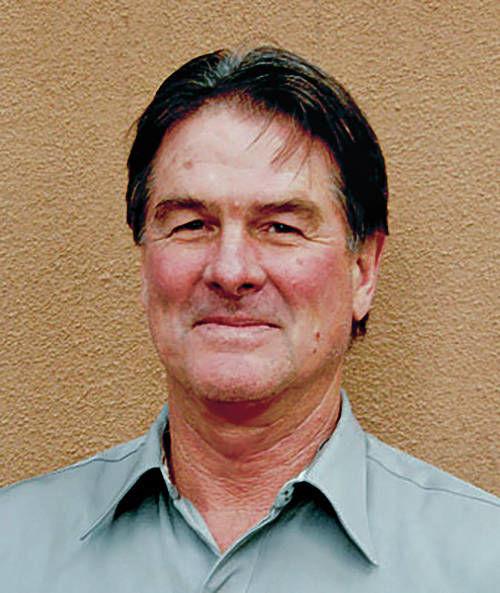
BY JAY COGHLAN | santafenewmexican.com
What these staged events fail to disclose, contradicting repeated claims of transparency, is that decisions already have been made behind closed doors to remove only approximately 6,500 cubic yards of radioactive and toxic waste, while leaving 30 times as much buried permanently above our groundwater aquifer.
LANL used to claim that groundwater contamination from lab operations was impossible. Today, we sadly know otherwise. Deep groundwater under LANL is contaminated with chromium, perchlorate and high explosives. Intermediate aquifers linked to deep groundwater are contaminated with tritium, industrial solvents, heavy metals and plutonium.
August 20 William Hartung, director of the Arms and Security Project at the Center for International Policy, sits down with Joe Cirincione to discuss the corporate connection to US arms sales abroad, and whether or not companies manufacturing weapons of war should bear responsibility for the casualties incurred as a result of their use.
Joe Cirincione hosts Early Warning with Ploughshares Fund Deputy Director of Policy Mary Kaszynski and Jessica Lee, Senior Director at Council of Korean Americans. Also, Michelle Dover and Joe Cirincione answer a question from Melissa about the differences in US policy toward Iran and North Korea.
U.S. Arms Sales to Saudi Arabia: The Corporate Connection, William Hartung’s new report: static.wixstatic.com/ugd/fb6c59_7fa…0227cc59fb.pdf
Listen, Subscribe and Share on iTunes · Spotify · SoundCloud · YouTube · Google Play · Sticher
Also available on ploughshares.org/pressthebutton
August 20 William Hartung, director of the Arms and Security Project at the Center for International Policy, sits down with Joe Cirincione to discuss the corporate connection to US arms sales abroad, and whether or not companies manufacturing weapons of war should bear responsibility for the casualties incurred as a result of their use.
Joe Cirincione hosts Early Warning with Ploughshares Fund Deputy Director of Policy Mary Kaszynski and Jessica Lee, Senior Director at Council of Korean Americans. Also, Michelle Dover and Joe Cirincione answer a question from Melissa about the differences in US policy toward Iran and North Korea.
U.S. Arms Sales to Saudi Arabia: The Corporate Connection, William Hartung’s new report: static.wixstatic.com/ugd/fb6c59_7fa…0227cc59fb.pdf
Listen, Subscribe and Share on iTunes · Spotify · SoundCloud · YouTube · Google Play · Sticher
Also available on ploughshares.org/pressthebutton
IPPNW warns of dire consequences of military escalation in Kashmir
 International Physicians for the Prevention of Nuclear War (IPPNW) is calling on the Indian government to restore immediately all communications and freedom of movement in Kashmir and Jammu, and urging all states in the disputed border regions to initiate new diplomatic talks aimed at reducing tensions and negotiating a peaceful settlement to the long-standing conflict.
International Physicians for the Prevention of Nuclear War (IPPNW) is calling on the Indian government to restore immediately all communications and freedom of movement in Kashmir and Jammu, and urging all states in the disputed border regions to initiate new diplomatic talks aimed at reducing tensions and negotiating a peaceful settlement to the long-standing conflict.
IPPNW is deeply concerned that deteriorating humanitarian and political conditions in Kashmir, after the Indian government put the area in lockdown earlier this month, are increasing significantly the risk of military escalation between nuclear-armed India and Pakistan. Three of the four wars fought between India and Pakistan have started in Kashmir.
The nuclear arms race is back … and ever more dangerous now
Donald Trump has increased spending on America’s arsenal while ripping up cold war treaties. Russia and China are following suit.
BY SIMON TISDALL | theguardian.com

Imagine the uproar if the entire populations of York, Portsmouth or Swindon were suddenly exposed to three times the permissible level of penetrating gamma radiation, or what the nuclear physicist Ernest Rutherford termed gamma rays. The outpouring of rage and fear would be heard across the world.
That’s what happened to the roughly 200,000 people who live in the similarly sized northern Russian city of Severodvinsk on 8 August, after an explosion at a nearby top-secret missile testing range. Russia’s weather service, Rosgidromet, recorded radiation levels up to 16 times higher than the usual ambient rate.
Yet the incident has been met with surly silence by Russia. It was five days before officials confirmed a blast at the Nyonoksa range had killed several people, including nuclear scientists. No apologies were offered to Severodvinsk residents. There is still little reliable information. “Accidents, unfortunately, happen,” a Kremlin spokesman said. That callous insouciance is not universally shared. According to western experts, the explosion was caused by the launch failure of a new nuclear-powered cruise missile, one of many advanced weapons being developed by Russia, the US and China in an accelerating global nuclear arms race.
2018
Nothing Found
It seems we can’t find what you’re looking for. Perhaps searching can help.
2017
Nothing Found
It seems we can’t find what you’re looking for. Perhaps searching can help.
2016
Nothing Found
It seems we can’t find what you’re looking for. Perhaps searching can help.
2015
Nothing Found
It seems we can’t find what you’re looking for. Perhaps searching can help.


